Have coffee, will travel: The coffee lover's guide to India, Nicaragua and Indonesia
CNA Lifestyle finds out how location, climate and terrain influence the way the beans are processed and in turn, the coffee's flavours, texture and magic.
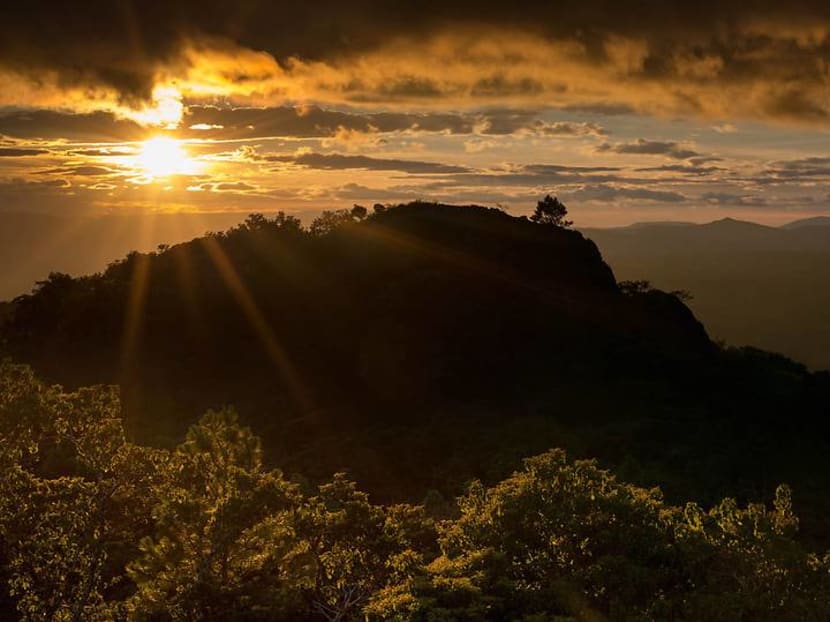
Nicaragua's rich volcanic soil and vertiginous terrain are just the landscape that contributes to its coffee's unique sweetness.
As any coffee lover would know, a good cup of the right stuff can be a transcendental experience, transporting you to exotic locales through its flavour profiles.
A sip of the restorative brew can take you back to the time you were shooting espressos in Florence, people-watching with a cafe creme in hand at a Paris cafe, or nursing a flat white in a Melbourne lane way.
But why not plan your travel adventure around your favourite beverage and follow the coffee to its various sources of origin?
Other than stalwarts like Colombia and Ethiopia, there are several other countries that produce coffee, each with their own unique methods of processing that bring out different and varied flavours.
The casual caffeine seeker may not be cognisant of the nuances but real coffee connoisseurs will more than understand the differences each terrain and technique confers on the coffee's flavours.
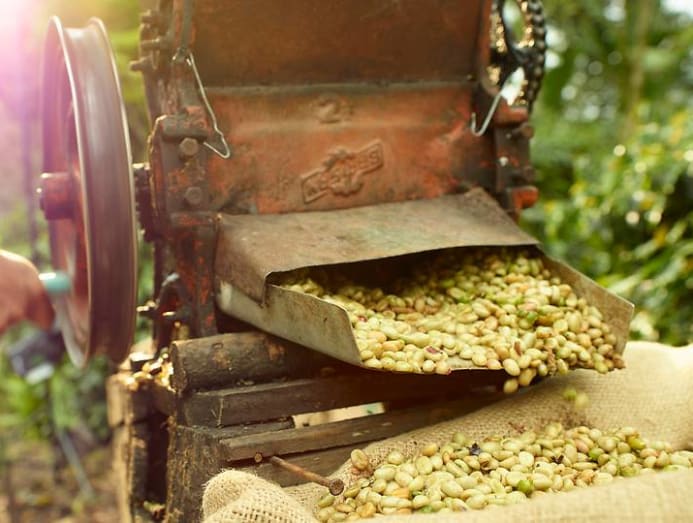
"Terroir – the soil, climate and location of where coffee is grown – has a big effect on a coffee’s taste and character," said Mike Cheo, Nespresso's boutique mentor. And that includes the amount of rainfall received. "Unlike us," he said, "some coffees love being caught in a downpour."
"Colombia, for example, produces fine washed Arabicas that are grown at a very high altitude right on the equator. There’s also tons of rain. The result is very fine acidity and lots of fruit notes," explained Cheo. "It’s a different story in Brazil, the world’s largest coffee producer. Much of the coffee here is grown in low, incredibly dry regions, which helps to bring out its cereal notes."
Techniques, like "monsooning" in India and "Black Honey" in Nicaragua, then further bring out character and texture.
The craft food movement that started brewing in the late 1980s also had a hand in shaping coffee’s interest. From the hands that pick the coffee cherries to the unique but laborious post-harvest techniques used, coffee lovers want ethical, sustainable practices and fair trade with the communities that farm coffee as much as their next caffeine fix.
Understanding your coffee’s provenance will make you appreciate it all the more – and you’ll have a soul-satisfying time doing it, too.
INDIA
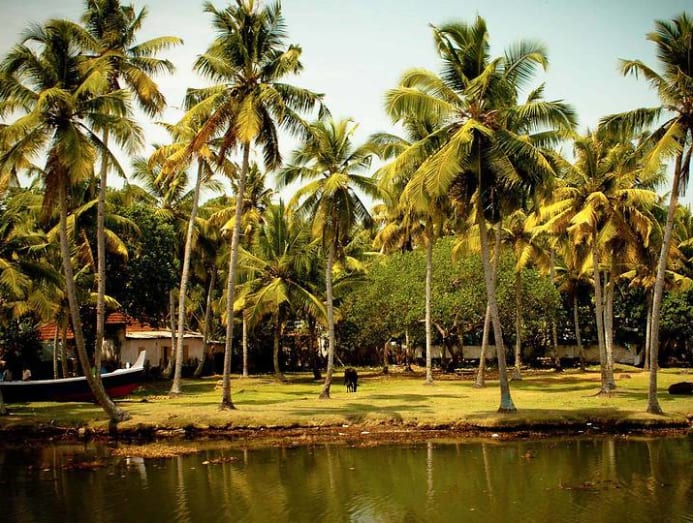
WHERE GOOD COFFEE IS FOUND: Follow the Malabar Coast of Karnataka and Kerala to experience the hot, lush and tropical intensity of this coffee.
In the land of dusky valleys, fertile deltas and swelling rains, the coffee is as strong and spicy as the culture of its people.
Instead of capitulating to the monsoons that flood the Indian sub-continent, coffee producers here have managed to harness their power, birthing an intense and evocative flavour that is found nowhere else.
HARVESTING TECHNIQUE USED: Their technique of “monsooning” Robusta beans involves exposing them to the rains and winds for three or four months, allowing the beans to shed their acidity as they swell.
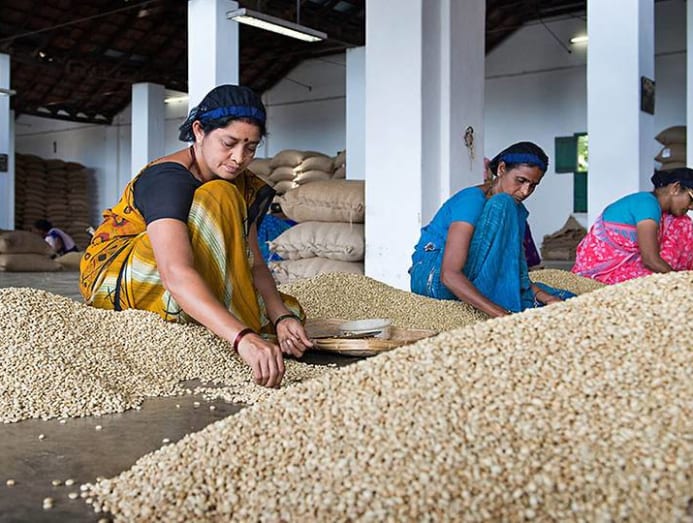
In the beginning, when coffee beans traditionally made journeys of several months across the coast by boat, they absorbed moisture from the ocean and soaked in wet monsoon winds.
As they grew plump with moisture, it was discovered that they yielded a taste that was heady, spicy and altogether unique.
NICARAGUA
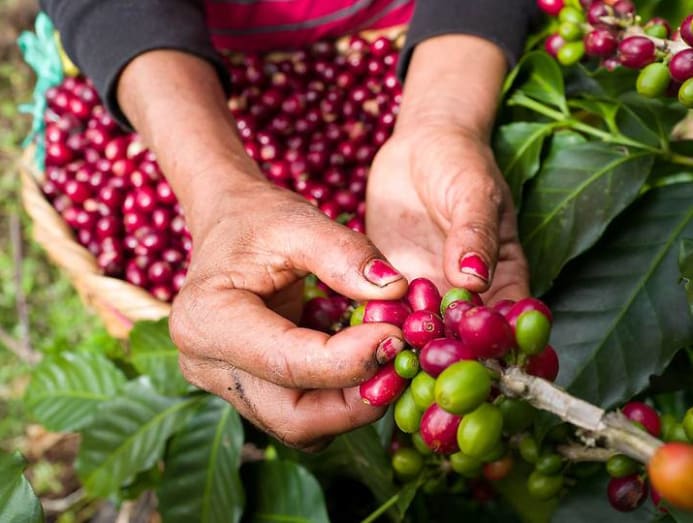
WHERE GOOD COFFEE IS FOUND: The country’s central northern mountains – Jinotega, Matagalpa and Nueva Segovia – is where Nicaragua’s coveted brew is born.
The coffee plants proliferate on the vertiginous terrain that soars 800m above sea level, sustained by the rich volcanic soil on the mountainous landscape.
HARVESTING TECHNIQUE USED: The complex and distinct aroma of sweet cereal notes are the result of an ingenious technique, whose name also imparts sweetness to the coffee’s taste – Black Honey.

It starts by removing the coffee cherry’s fruit but leaving its sticky mucilage still hugging each bean. They are then left to dry in thin layers on the patio, touched only by the sun and diligent farmers, who skilfully rake and rotate the sticky beans to coax the development of its unique flavours.
The process is laborious and constant monitoring is essential. It takes three days to sun-dry the beans on the patios, and four to six days under greenhouse canopies.
But the result is rewarding. The Black Honey process allows the coffee’s natural sugars to infuse the heart of each bean with its soft sweetness, creating a smooth, balanced and sweet cup.
INDONESIA
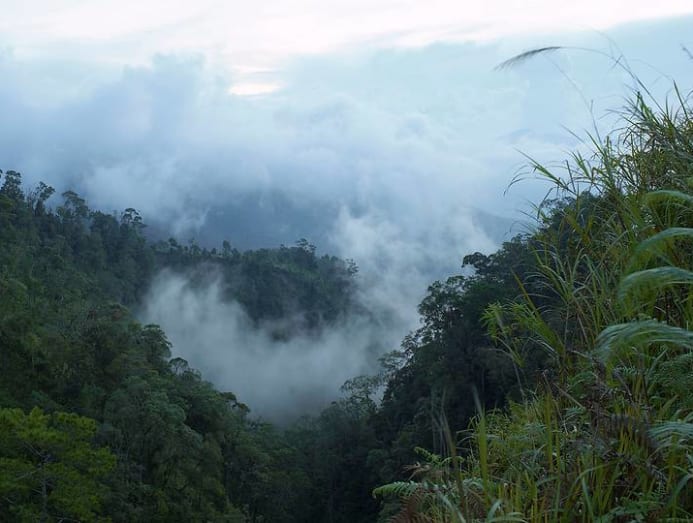
WHERE GOOD COFFEE IS FOUND: When nothing but a rich, earthy flavour will do, travel to Indonesia – specifically the Aceh region in Sumatra, where the lush and humid climate has given rise to a coffee-processing method known as wet hulling.
This adventure is not for the faint of heart. But if you’re willing to plunge into the jungle depths of this woody, fragrant cup laced with notes of tobacco and herbs, you’ll find a world of sensory experiences.
HARVESTING TECHNIQUE USED: Not to be confused with “wet processing”, the indigenous technique, known as "giling basah" in the local Bahasa language, is used nowhere else in the world except on the islands of Sumatra and Sulawesi, and has been practised since the Dutch introduced coffee to Indonesia in 1699.
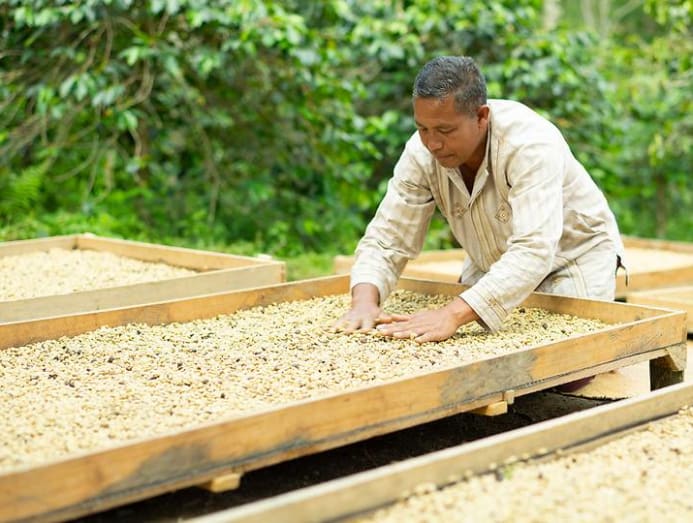
Here, coffee cherries have their outer skins removed so that sun and heat can dry the beans faster. They are left to ferment overnight, then washed, dried for a day and hulled while still wet. It’s a quick and snappy process in a country with very high levels of rainfall, humidity and sometimes, even typhoons.
Although the risk of defects is high, the method produces highly sought-after coffees that are rich and velvety, with a little going a long way.
(Additional reporting by Khoo Bee Khim)
In partnership with Nespresso. The new Nespresso Master Origin Collection features coffees from Indonesia, India, Ethiopia, Nicaragua and Colombia. Taste them at Nespresso boutiques. For more information, visit nespresso.com.sg.





